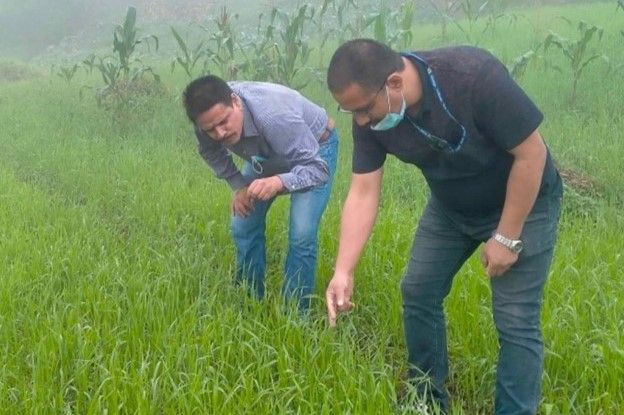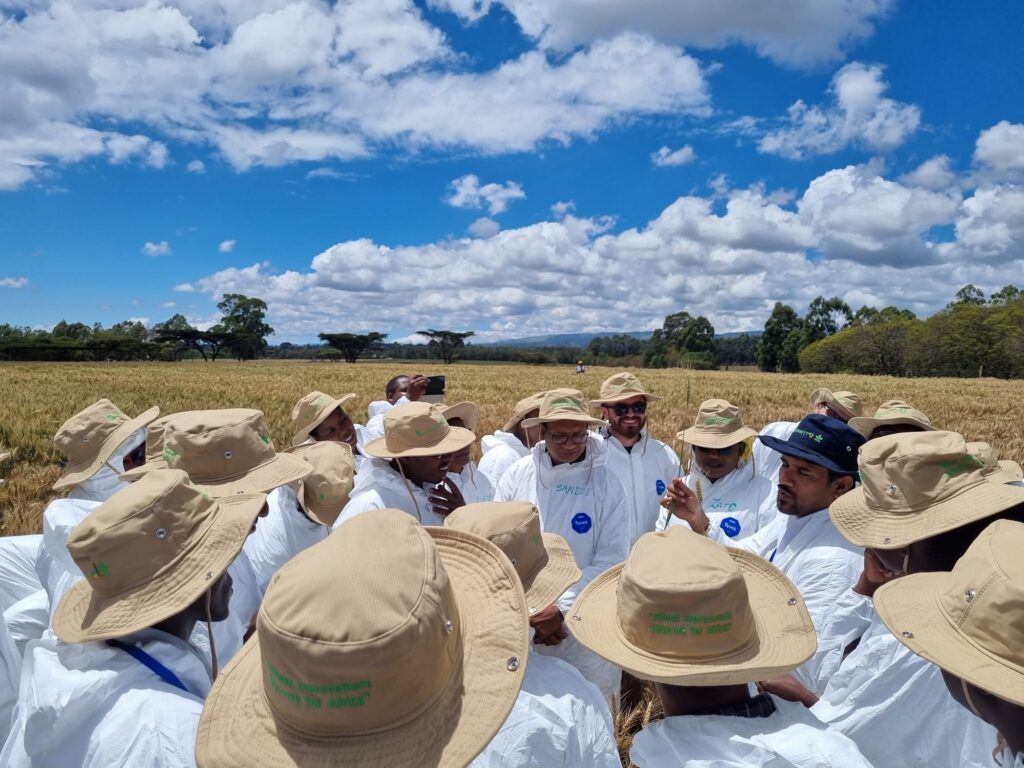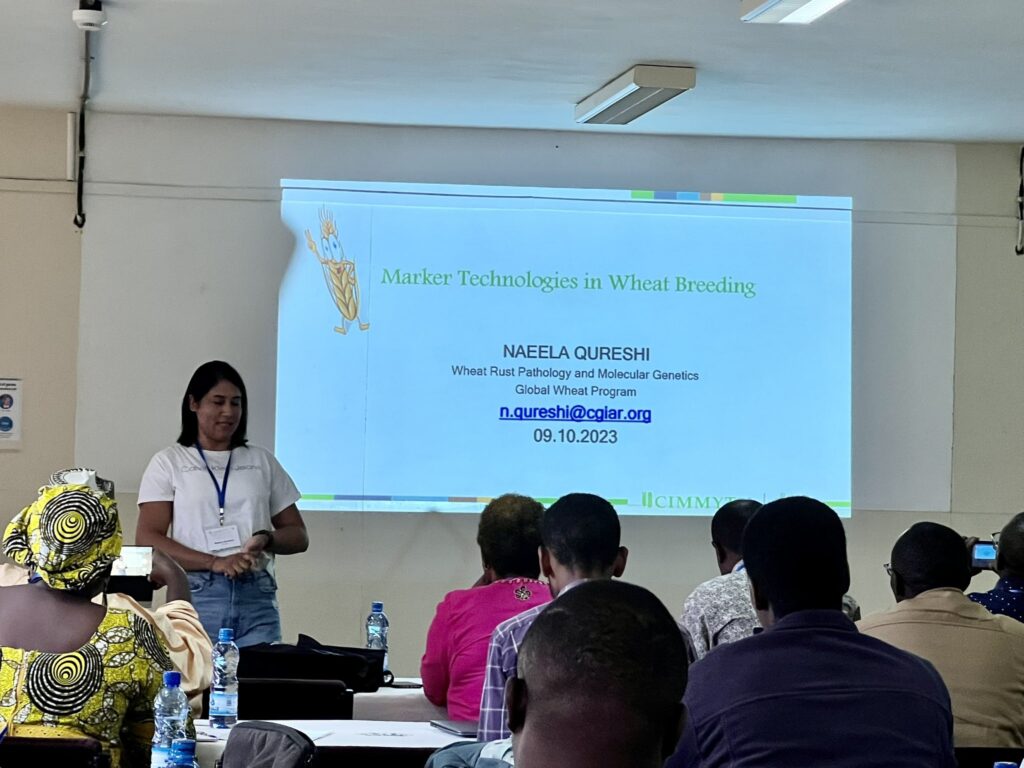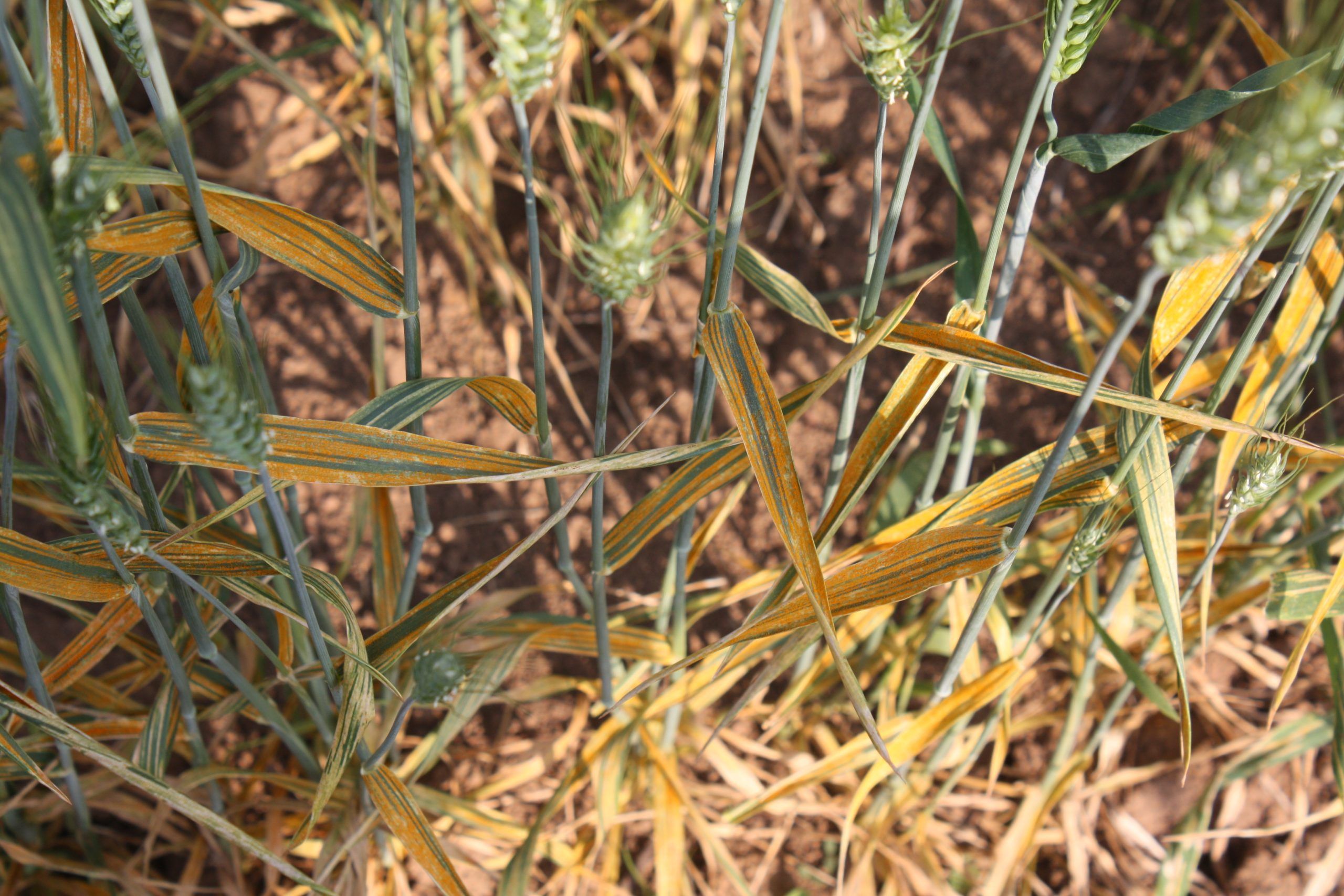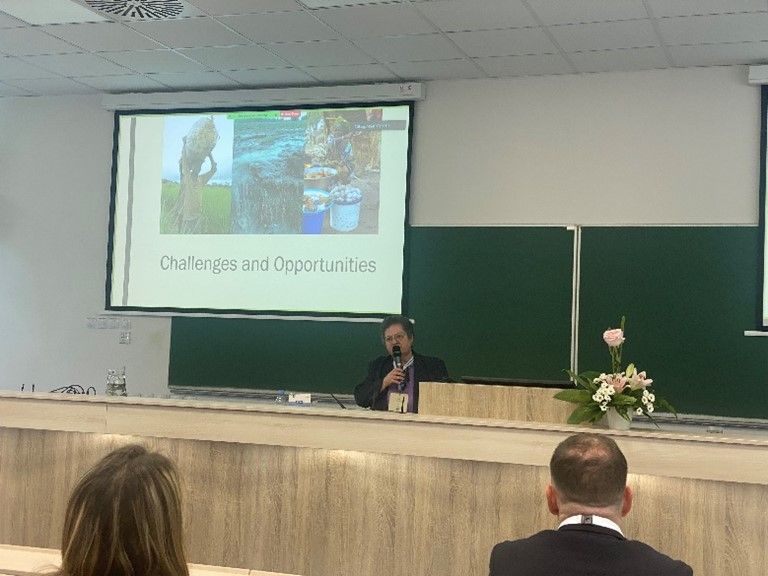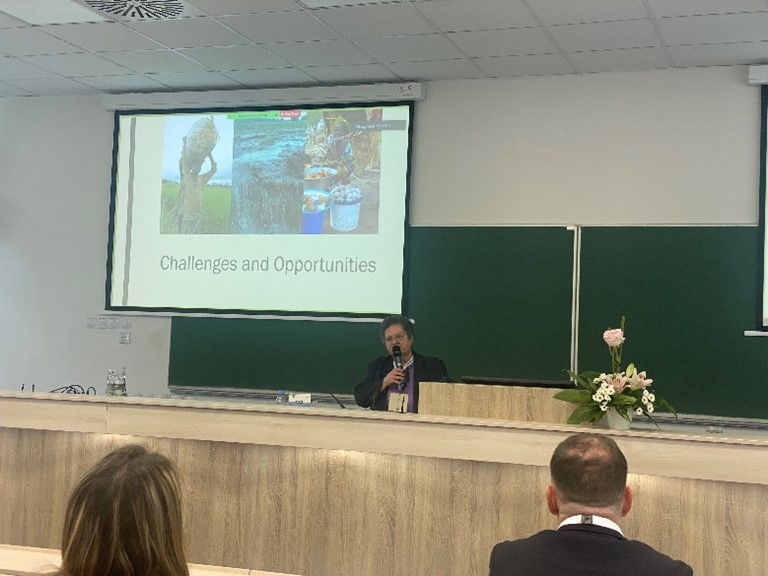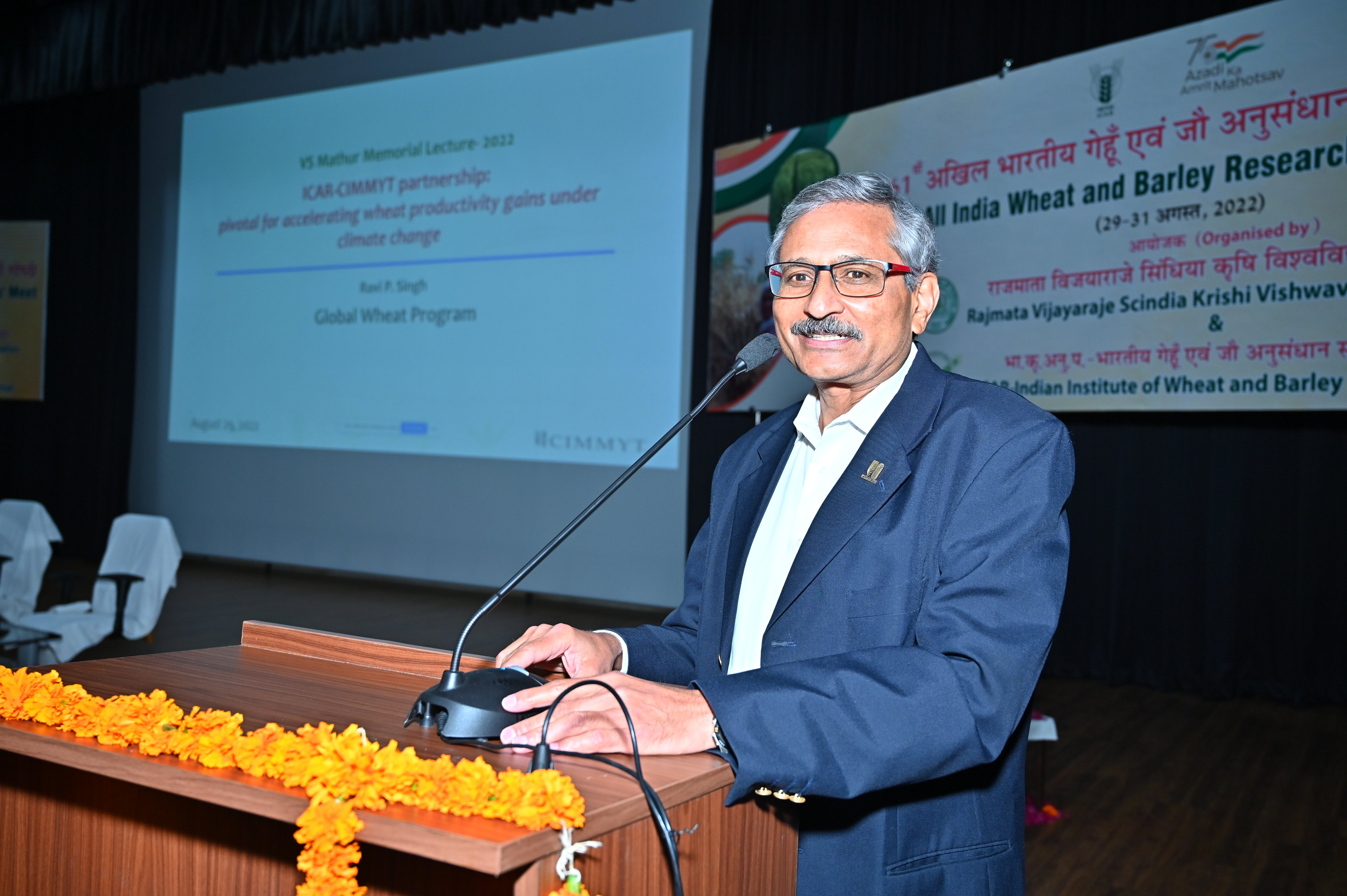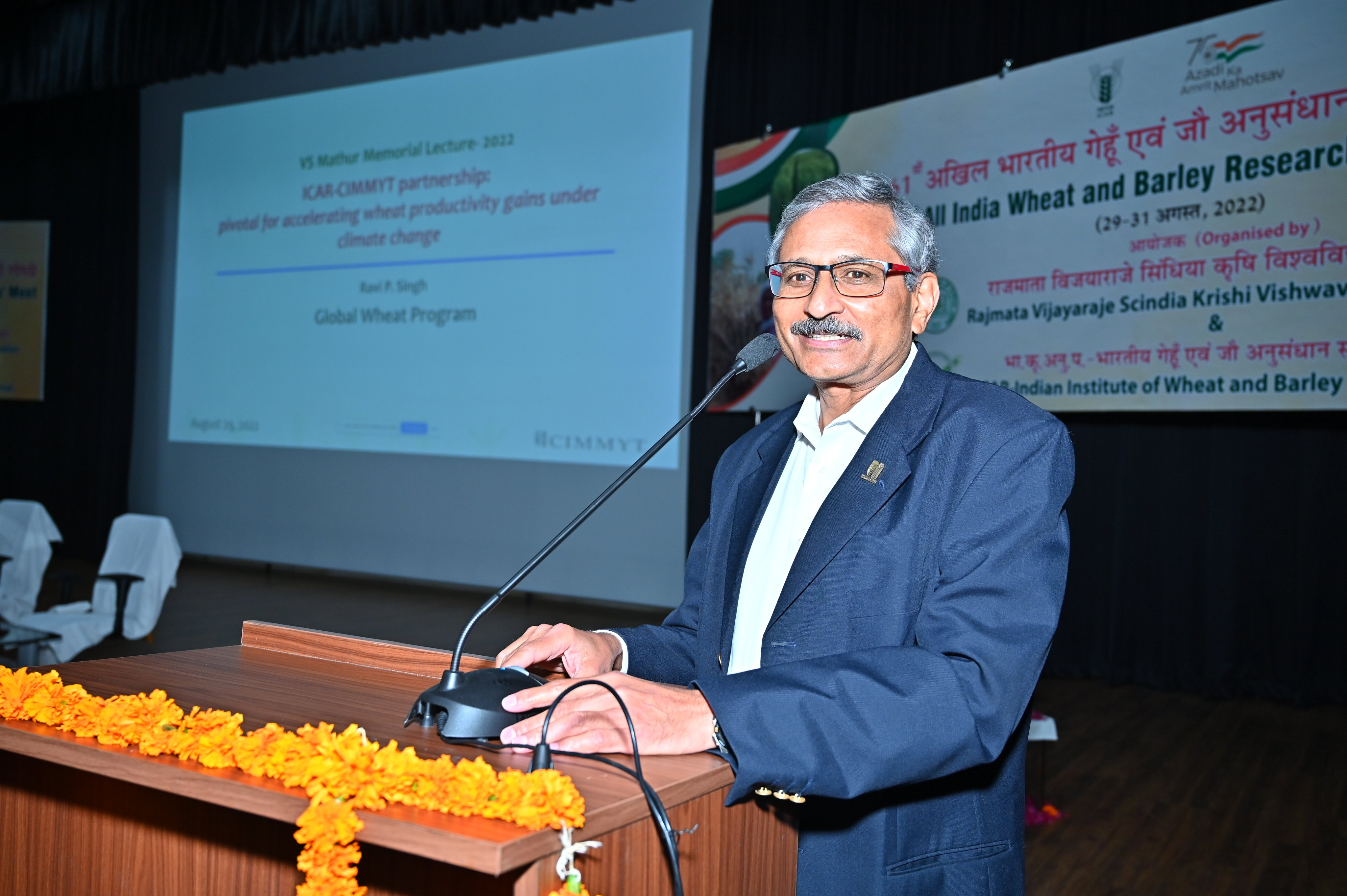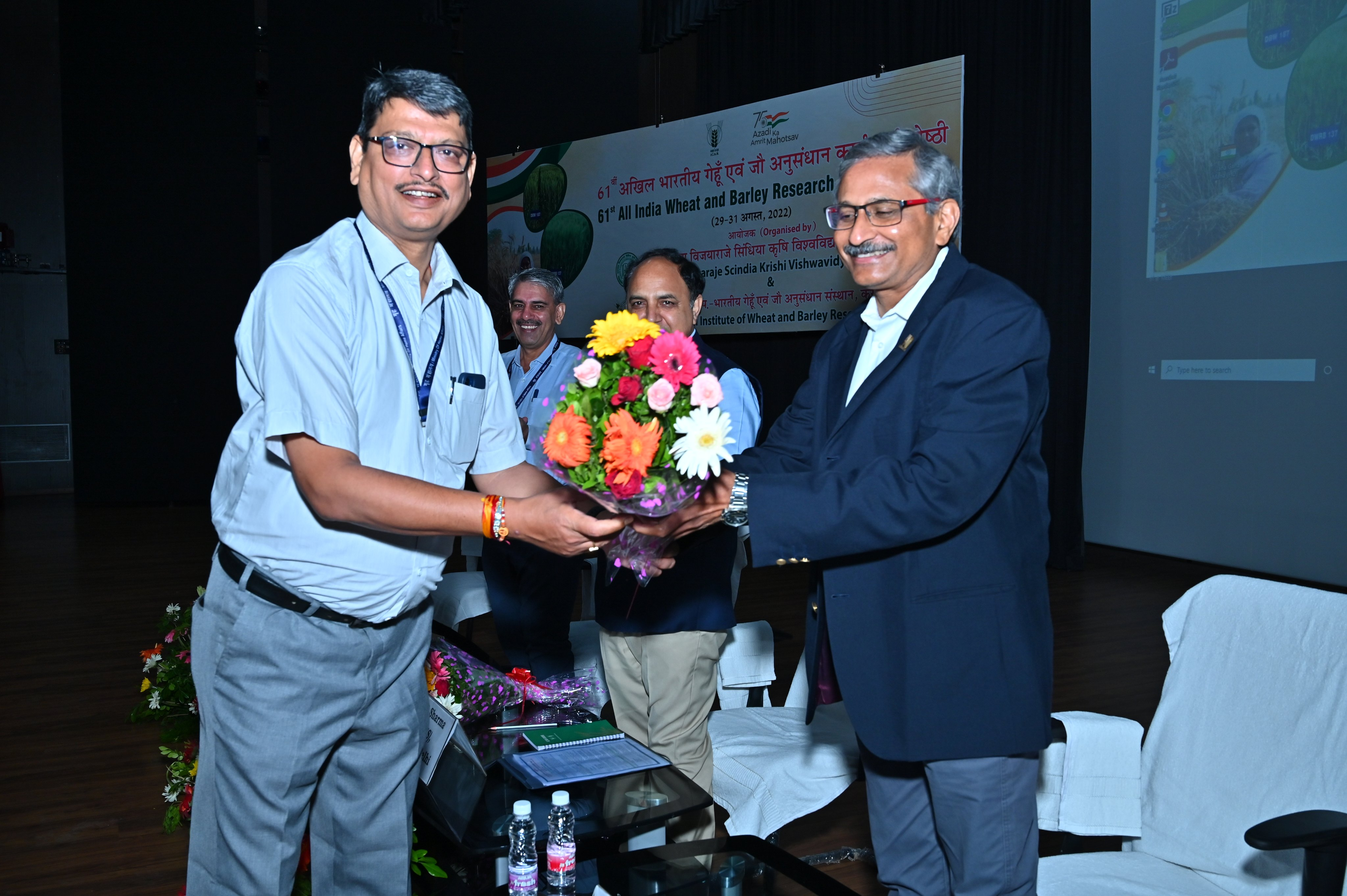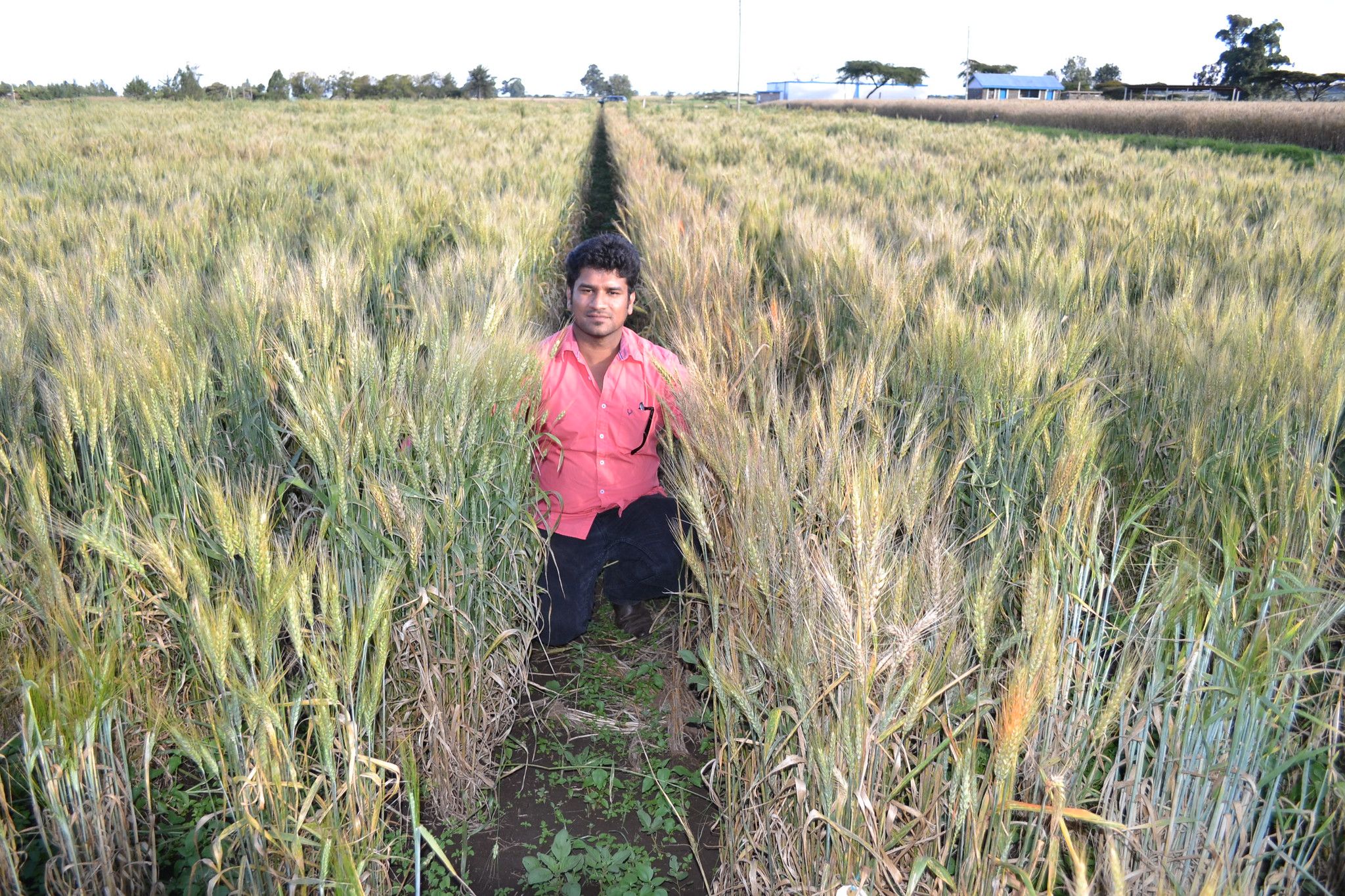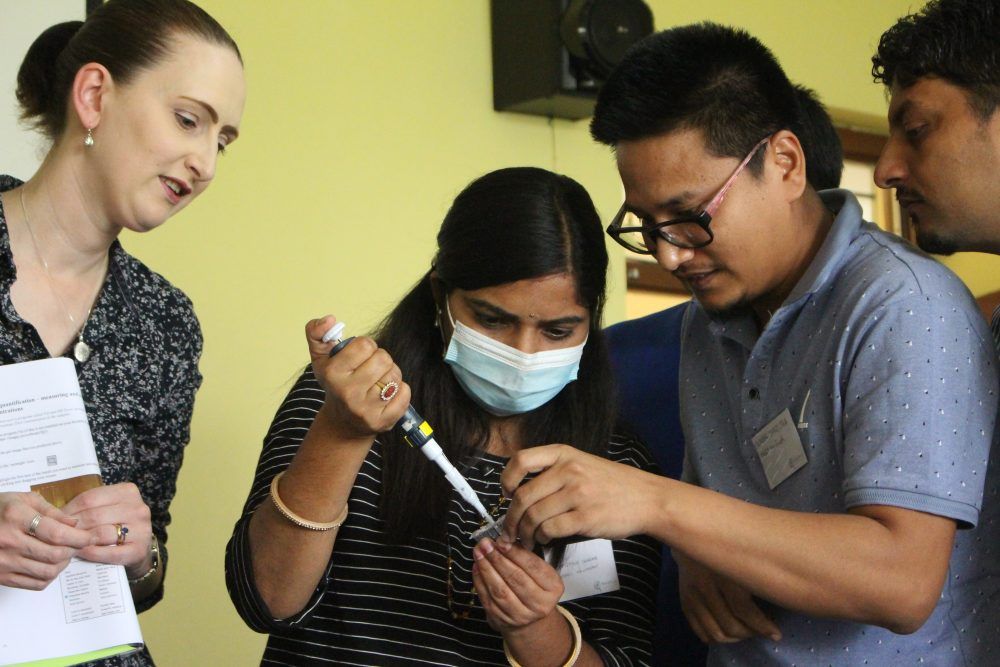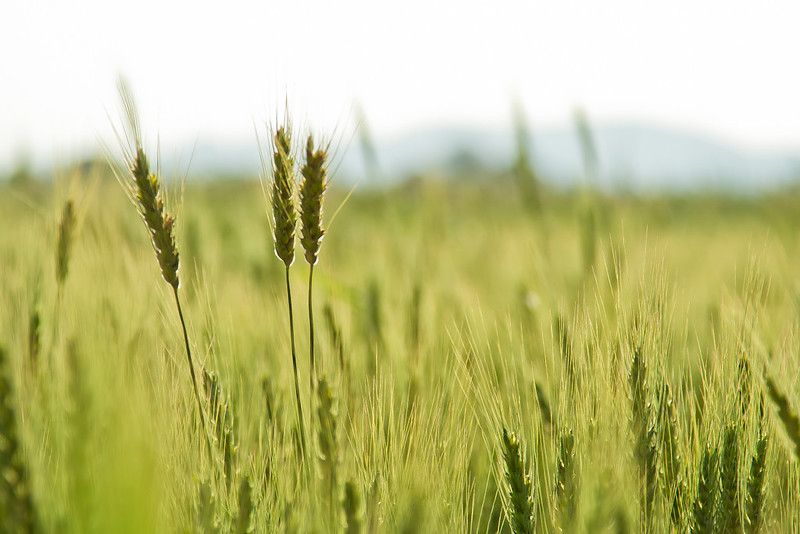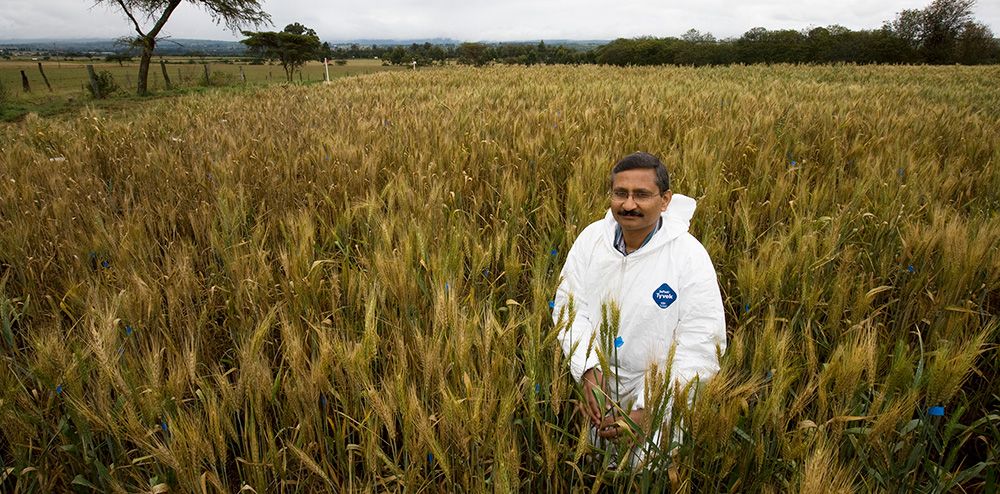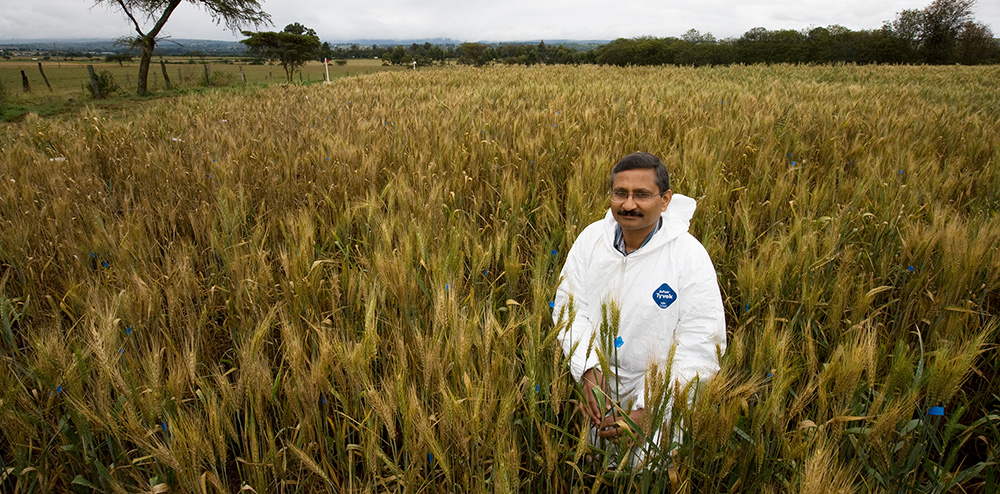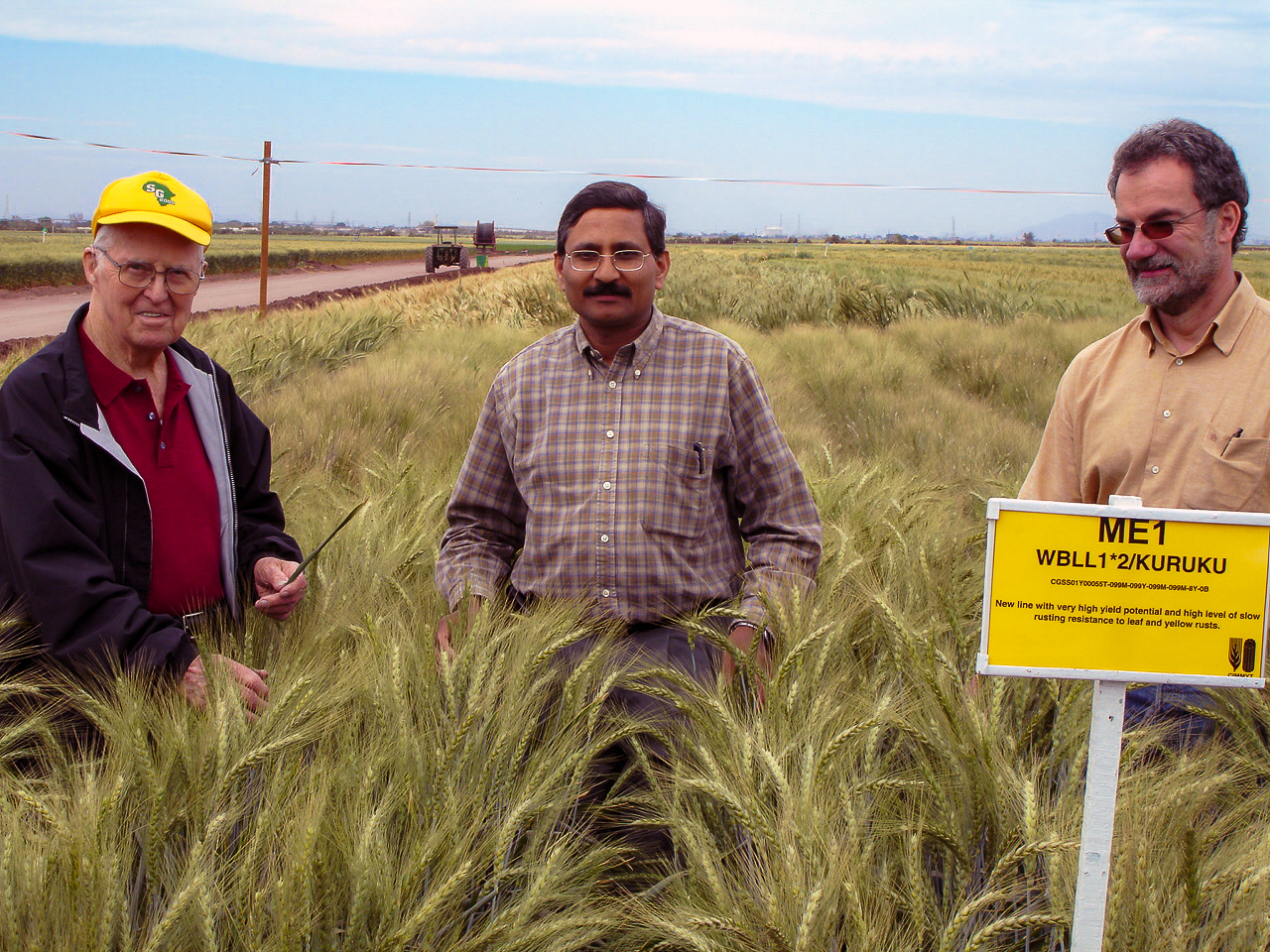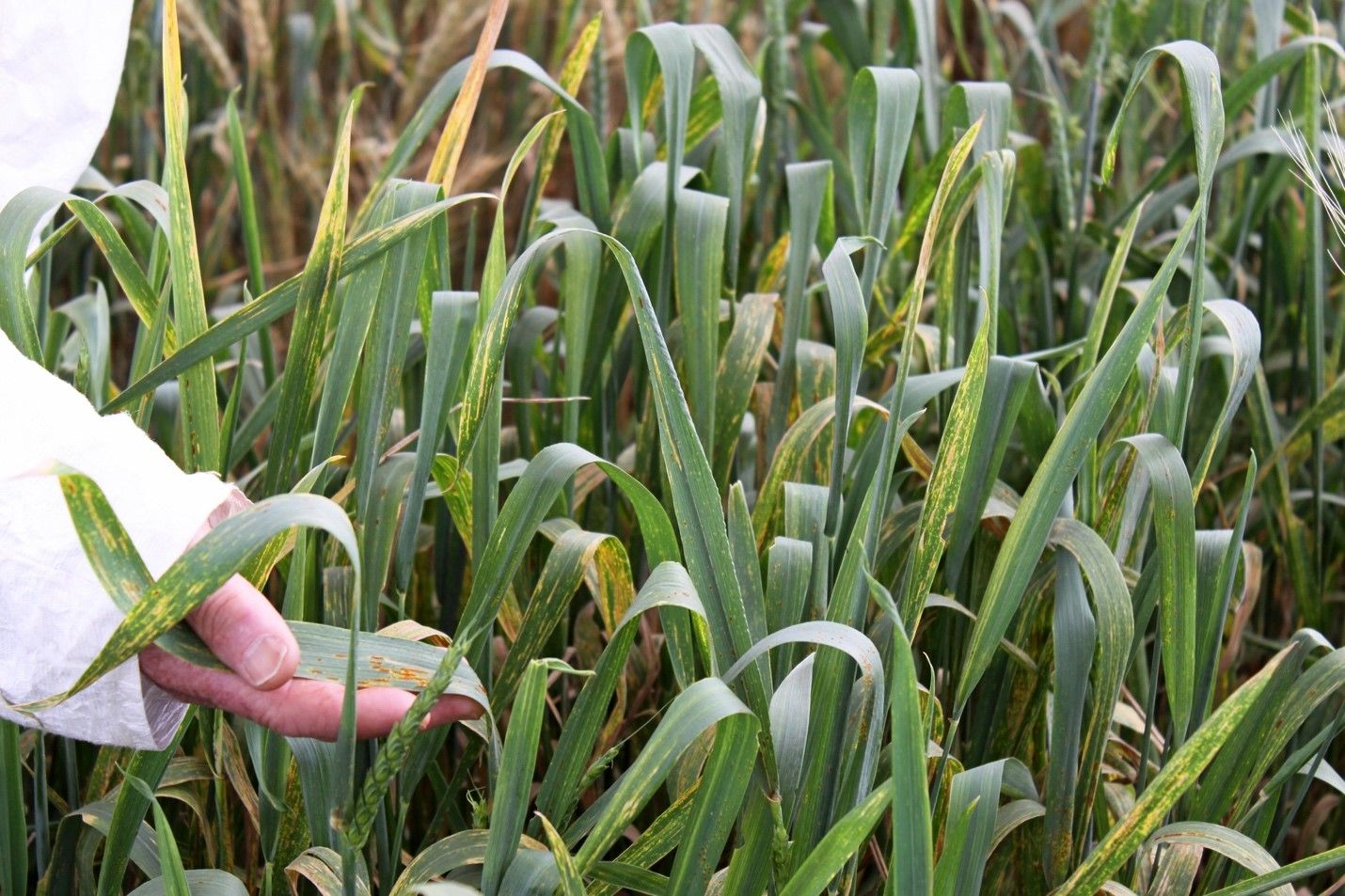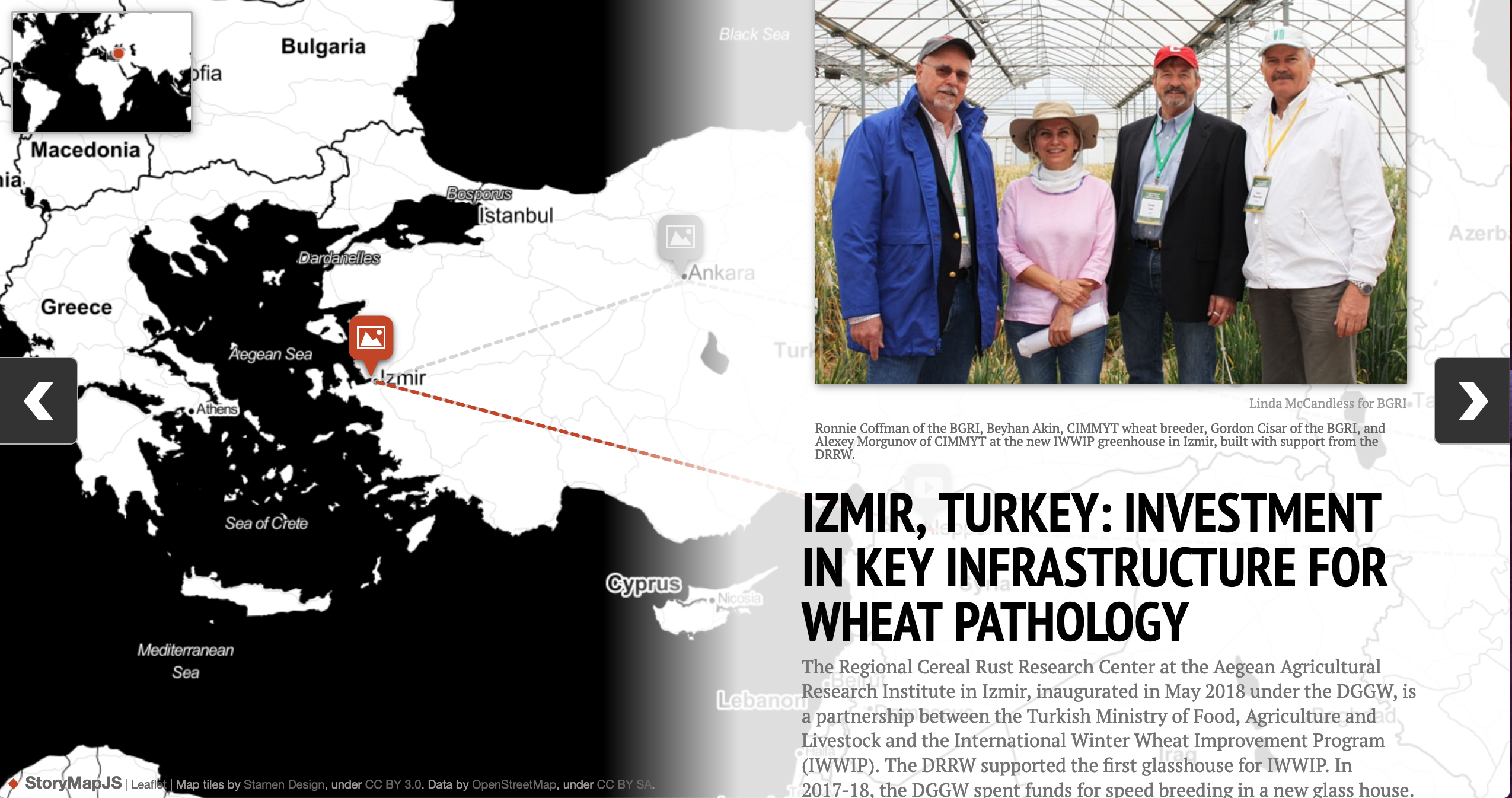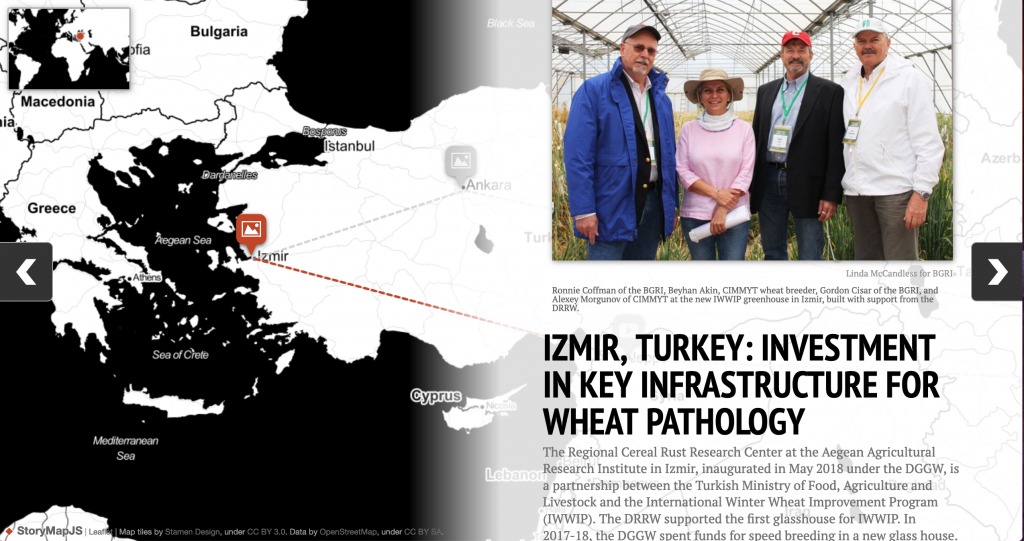Successful surveillance results in early first detection of Ug99 in South Asia
Successful global wheat disease surveillance and monitoring has resulted in early detection of wheat stem rust Ug99 in Nepal. A combination of vigilant field surveys and sampling by Nepal’s National Plant Pathology Research Centre (NPPRC) and National Wheat Research Program (NWRP), supported by rigorous and accurate disease diagnostics at the Global Rust Reference Center (GRRC), Denmark, resulted in confirmed detection of the Ug99 strain named TTKTT. The long running and sustained surveillance efforts undertaken by NPPRC and NWRP, including off-season surveys, proved vital in the detection of Ug99 in Nepal. Confirmed results were obtained from two field samples collected in early November 2023 from off-season summer wheat crops in Dolakha district, Nepal. Repeated experiments and high quality pathotyping and genotyping at GRRC confirmed the results.
“The combination of molecular genotyping of incoming samples, without prior recovery in our laboratory and independent diagnostic assays of recovered stem rust isolates, confirmed the presence of Ug99 and a highly virulent race variant termed TTKTT,” says professor Mogens Hovmøller, leader of the GRRC at Aarhus University in Denmark.
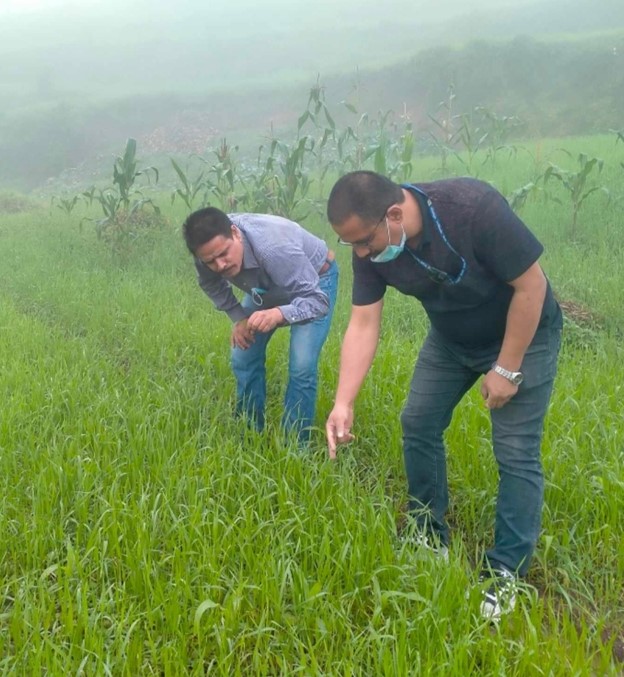
Ug99 was first detected in East Africa in 1998/99, and its unique virulence sparked fears that a large proportion of wheat cultivars globally would be at risk from this potentially devastating disease. The international wheat community came together through the Borlaug Global Rust Initiative (BGRI) to address the threats posed by Ug99. The BGRI partners have successfully monitored the evolution and spread of Ug99 and bred hundreds of resistant wheat varieties that are now being grown at scale in priority wheat growing regions. Migration of Ug99 from Africa to other regions, including South Asia, was always seen as likely due to the transboundary nature of the disease and long-distance dispersal of rust spores by wind.
Detection of a Ug99 race in Nepal is not therefore a surprise, but it highlights the effectiveness of the wheat rust surveillance and monitoring systems that have been developed. The disease was present at extremely low levels in the fields in Nepal, and early detection is one of the main factors in preventing disease spread. Other factors also contribute to reduced risk. The wheat on which the Ug99 race TTKTT was detected were fodder crops and cut soon after the surveys were completed, which prevented further buildup of disease. In addition, no wheat is grown in the main season in these areas, with farmers shifting to cultivation of potato (a non-host crop for stem rust).
According to Suraj Baidya, senior scientist and chief of NPPRC, “Extensive follow up surveys in the Dolakha detection area by NPPRC in the 2023/24 main season resulted in no wheat being observed and no detection of stem rust.” Similarly, extensive surveys by NPPRC throughout other wheat growing areas of Nepal in the 2023/24 main season have resulted in no reports of stem rust in the country. To date, extensive surveys in other countries in South Asia (Pakistan, Bangladesh, Bhutan) have not detected stem rust in 2023/24.
Although the current risk of stem rust outbreaks is considered to be low, detection of the Ug99 race TTKTT in Nepal is a clear reminder of the threat posed to wheat production in South Asia by the incursion of virulent stem rust races or other plant diseases of concern. “The spread and risk from transboundary diseases like stem rust is increasing,” says Dave Hodson, leader of the Wheat Disease Early Warning Advisory Systems (DEWAS) project at CIMMYT. “Sustained and increased surveillance efforts are needed across the region and expanded to include other important emerging diseases.” Successful deployment of Ug99 resistant cultivars through the BGRI partners, including CIMMYT, ICARDA and NARS, has decreased vulnerability, but it is important to note that the race TTKTT is a recently evolved variant of Ug99 with additional virulence compared to the original strains. As a result, not all cultivars in South Asia may have effective resistance today. Screening of germplasm and major cultivars from South Asia against TTKTT at the Kenya Agriculture and Livestock Research Organization (KALRO)/CIMMYT international stem rust screening nursery in Kenya is extremely important to get an accurate picture of current vulnerability.
The details of the diagnostic confirmation of Ug99 in Nepal are available at the GRRC website (see GRRC lab report)
Work on wheat disease surveillance and monitoring, plus breeding of resistant varieties is being supported by the DEWAS and AGG projects funded by BMGF and FCDO, UK.
Key partners –
National Plant Pathology Research Centre (NPPRC), Nepal. Contact: Suraj Baidya (suraj_baidya222@yahoo.co.in)
National Wheat Research Program (NWRP), Nepal. Contact: Roshan Basnet
Global Rust Reference Center (GRRC), Aarhus University, Denmark. Contact: Mogens Hovmøller (mogens.hovmoller@agro.au.dk)
Cornell University. Contact: Maricelis Acevedo (ma934@cornell.edu)
CIMMYT. Contact: David Hodson (d.hodson@cgiar.org)
